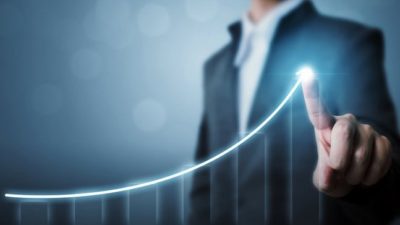Exchange-traded funds (ETFs) on the ASX have become increasingly popular in recent years, as they offer a simple way for investors to diversify their portfolios in a single transaction. However, with so many ETFs available, it can be difficult to know if you're paying too much.
As the late and great investor, Benjamin Graham said, "A great company is not a great investment if you pay too much for the stock." While an ETF isn't just one company — rather a basket of companies — the message still applies.
What our resident expert suggests
The most obvious cost when it comes to investing in ETFs is the management expense ratio, also known as the management fee. This fee is charged by the issuer of the product to remunerate themselves for conducting the activities involved with managing the funds in the ETF.
Luckily, Motley Fool Australia chief investment officer Scott Phillips discussed this during a recent Sharesies webinar. Speaking with Sharesies' Australia manager, Brendan Doggett, Phillips explained how the management fee is typically determined, stating:
Depending on what index it is, in which countries, and how difficult or easy it is for the fund manager to buy those shares — it can [vary]. I think the lowest one I've seen is 0.03%. I'm pretty sure that's the Vanguard S&P 500 or total market index. That's like 30 cents for every $1,000… really, really small.
On the other hand, you will see some are more than 1% and that might be, I don't know, the Botswana clean energy and oil index, or something, right. So the harder it is to get that market, the more you have to pay, the less liquidity, the fewer people are investing in it the more you have to pay.
The management fee is part and parcel of investing in ASX ETFs. However, there are ways to make sure you're not paying more than necessary. Phillips provided one way to investigate the costs associated with an ETF, suggesting:
The best thing to do is if you find an index you like — you want to track the ASX 200 or 300, for example — then find the ETF providers that do that index and compare those providers if you want to get the cheapest price you can for the investment strategy you want to follow.
More ways to assess the costs of an ASX ETF
While the management fee is typically the most important expense for an ETF, there are other factors to consider. These additional traits of an ETF aren't necessarily classed as costs, but they can impact your returns.
- Trading price versus net asset value
- Bid-ask spread — usually dependent on the level of liquidity for the ETF
- Size of the ETF — larger ETF can mean lower fees than a smaller ETF
Because an ETF is simply a collection of shares in other companies, the unit price should approximately reflect the total sum of securities allotted to each share in the ETF. This value is referred to as the net asset value.
However, sometimes the demand for the ETF can be greater than the underlying assets. While it shouldn't necessarily make or break an investment, it's worth looking at whether the ASX ETF is trading at a discount or premium to its net assets.









